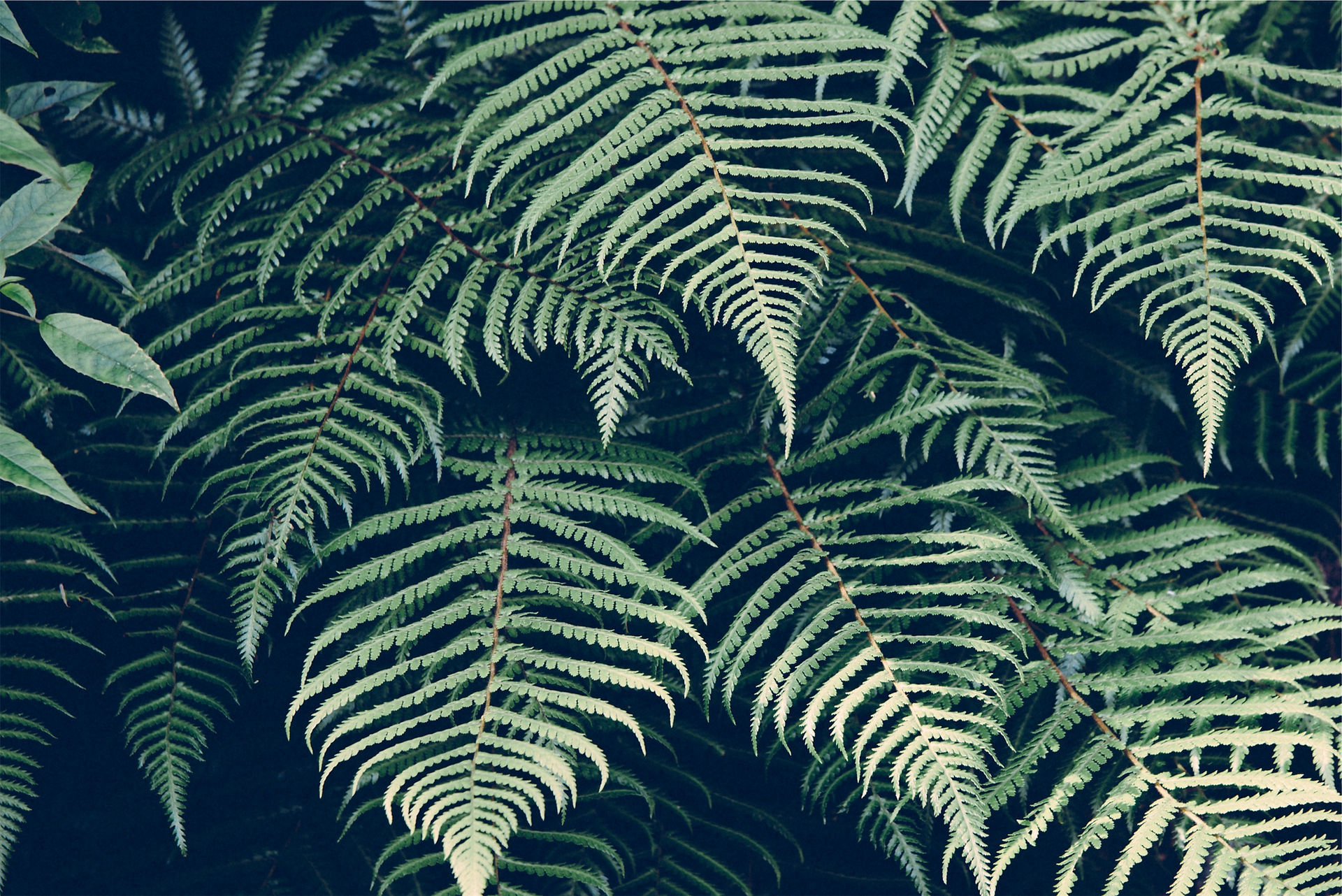When we talk about the mangrove, it usually refers to 2 different things :
A tidal ecosystem which can be only found around the deltas,lagoons and river of tropical areas and islands.
Mangrove are very sensitive to the cold. The mangroves trees which develop unique adaptations to coastal environments. The trees survive to salty waters by excreting salt trough their leaves or keeping it in their tissues.
Their root systems are very shallow and exposed to the air, which allow
them to breathe in an environment frequently flooded and low in
oxygen.
Mangrove swamps are a unique ecological system that link freshwater
and oceanic waters. That’s why they host very rich diversity of animal
species.
Biology of the mangrove
The trees network is a perfect environment to host hundreds of species like mollusk, fishes and birds (heron, egrets, wild ducks,
For some species of fish, the mangrove is a nursery that protect the
juveniles before they go into the open water.

Mangroves and global warming
Mangroves constitutes a valuable tool in the fight against the warming

of our planet. The trees store high quantities of carbon in its biomass, thus
decreasing the carbon dioxide rate in the atmosphere.
For example, at equal area of rainforest, mangroves store 5 times more
carbon.
Tree species
Although there are officially more than one hundred of vegetal species
living in the mangrove, the main ones in Okinawa are :









What materials are used in BABYBJÖRN Cradle Toys for safety?
BABYBJÖRN Cradle Toys are made from safe, non-toxic materials, including BPA-free plastic, organic cotton, and water-based paints. These materials ensure safety and comfort for babies during playtime.
At MyFirsToys, BABYBJORN Cradle Toys offer delightful stimulation for your little one. These colorful, lightweight toys engage babies with soft textures and playful designs, encouraging sensory exploration and fine motor skills. Perfect for cradles or play areas, they enhance visual and auditory development while providing endless entertainment. A must-have for nurturing curiosity and playfulness!
Contact Details:
E-Mail Id: myfirstoys@gmail.com
Ph No: 011-43053855